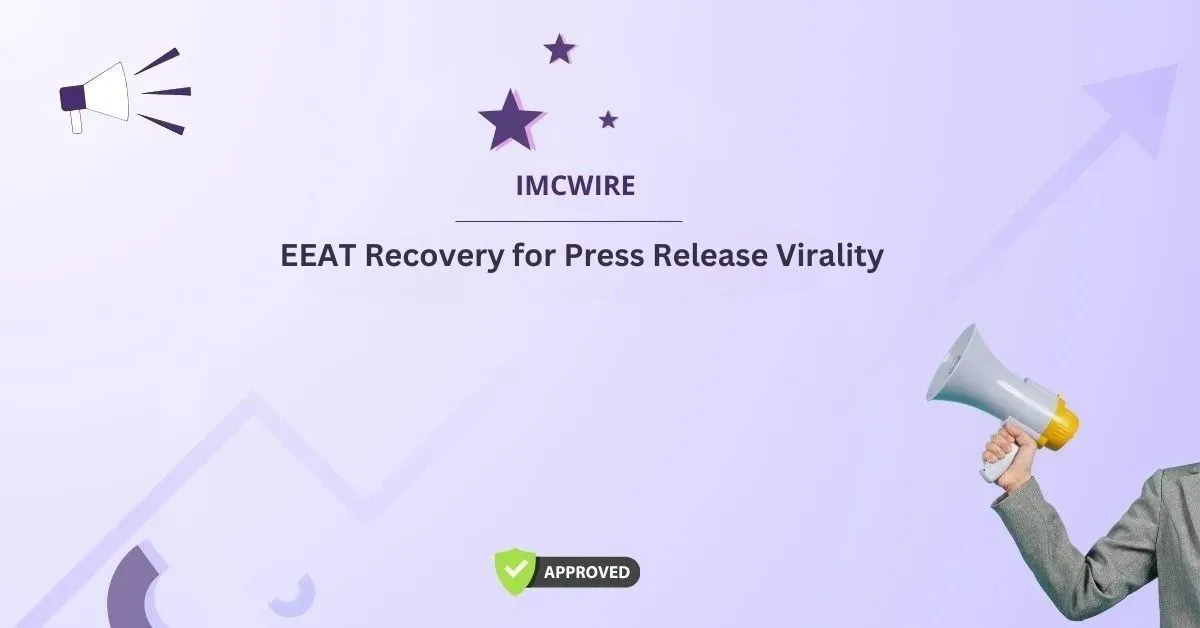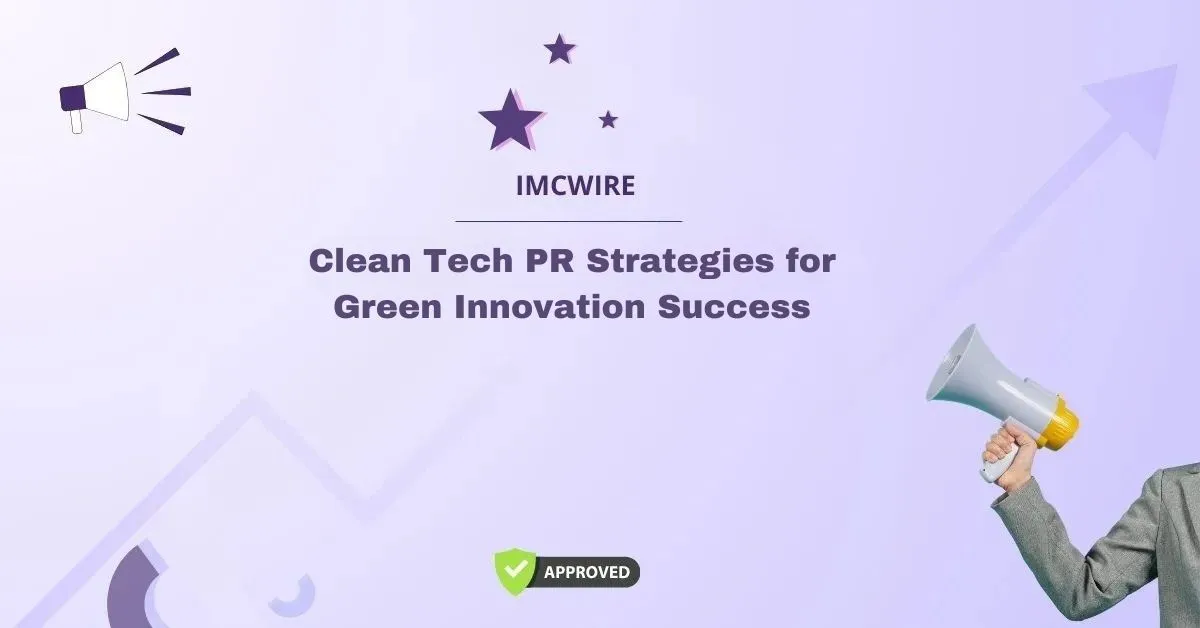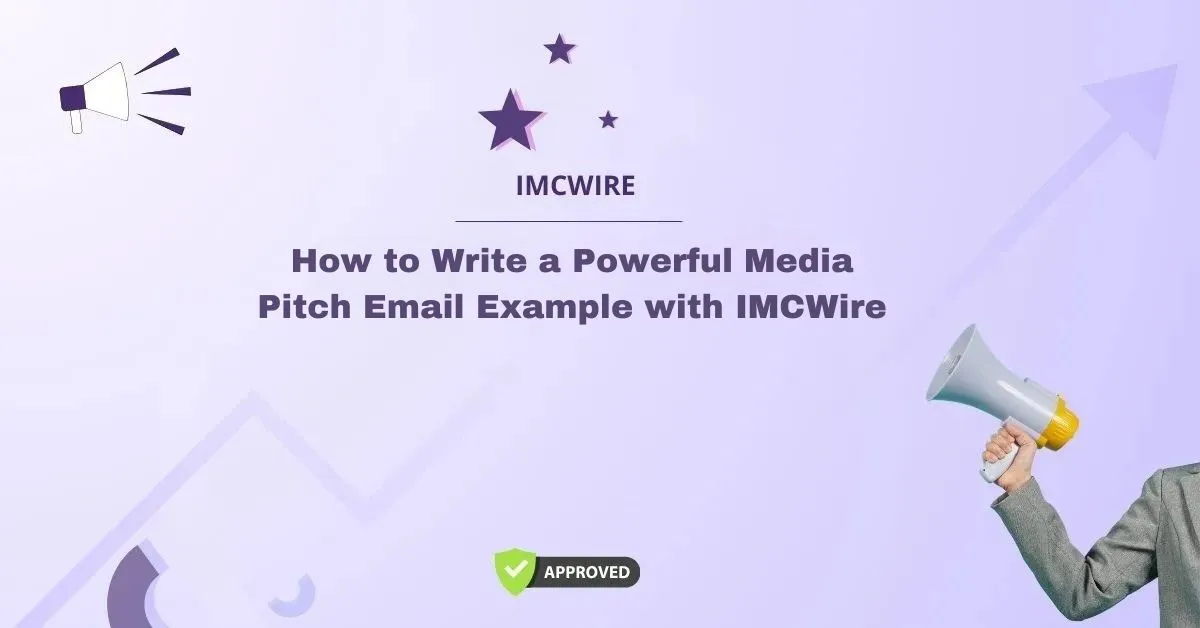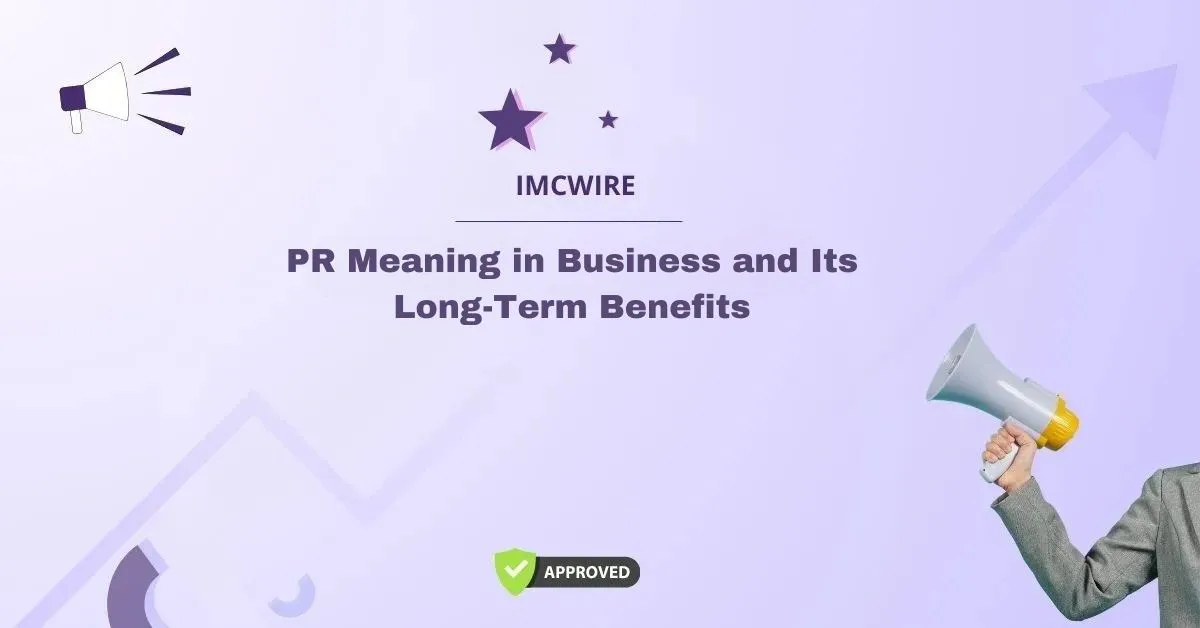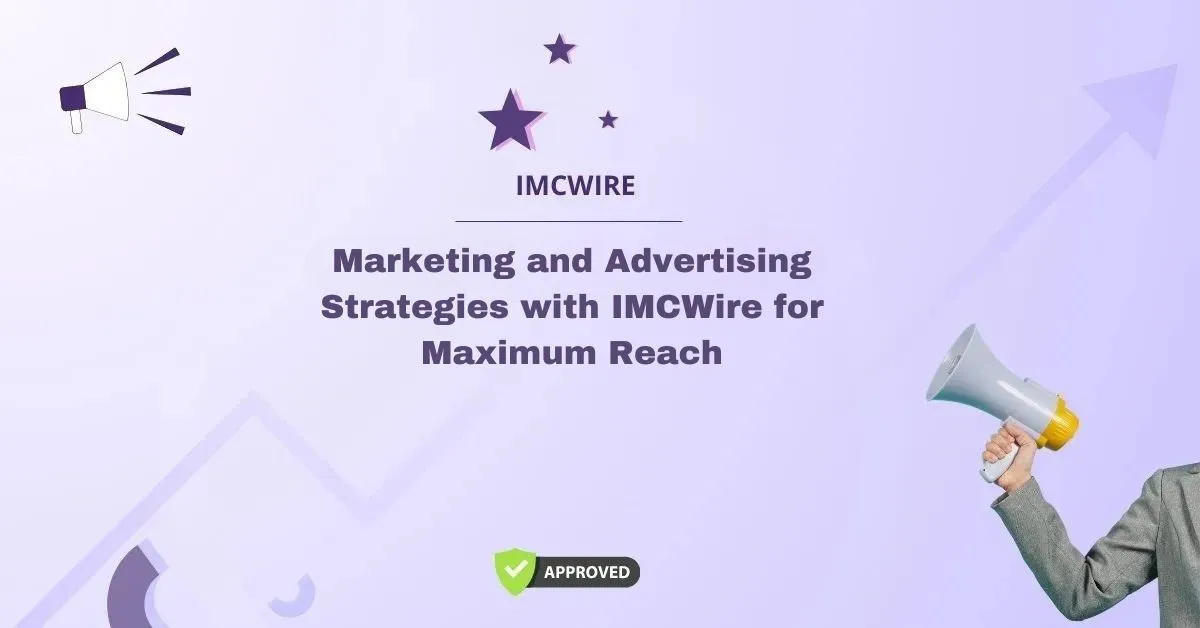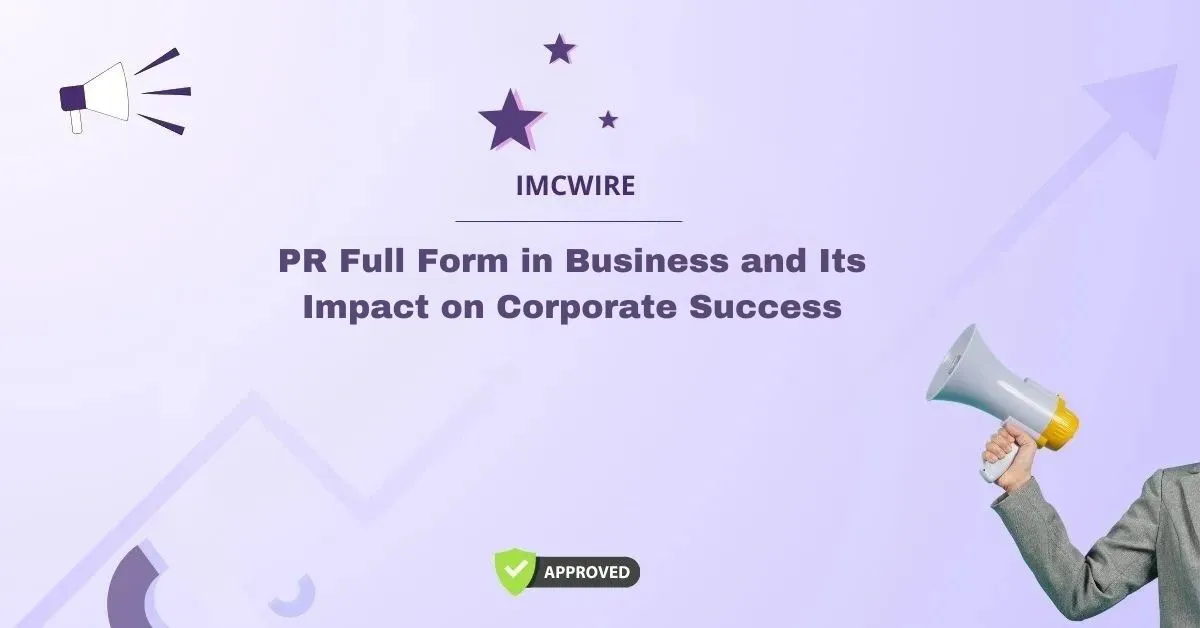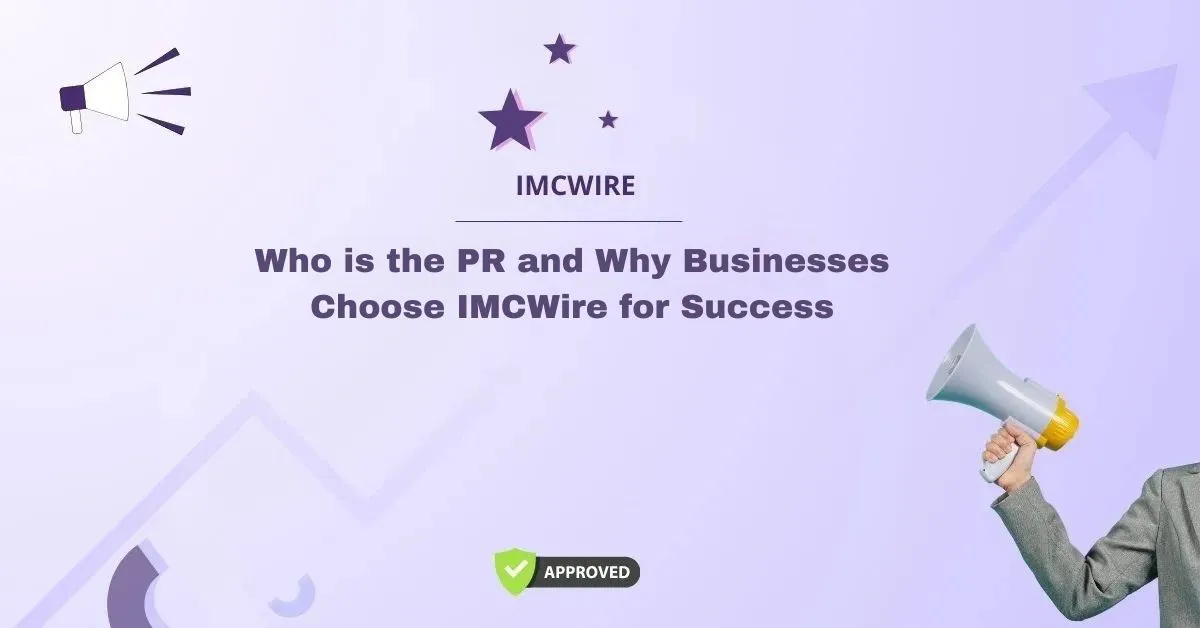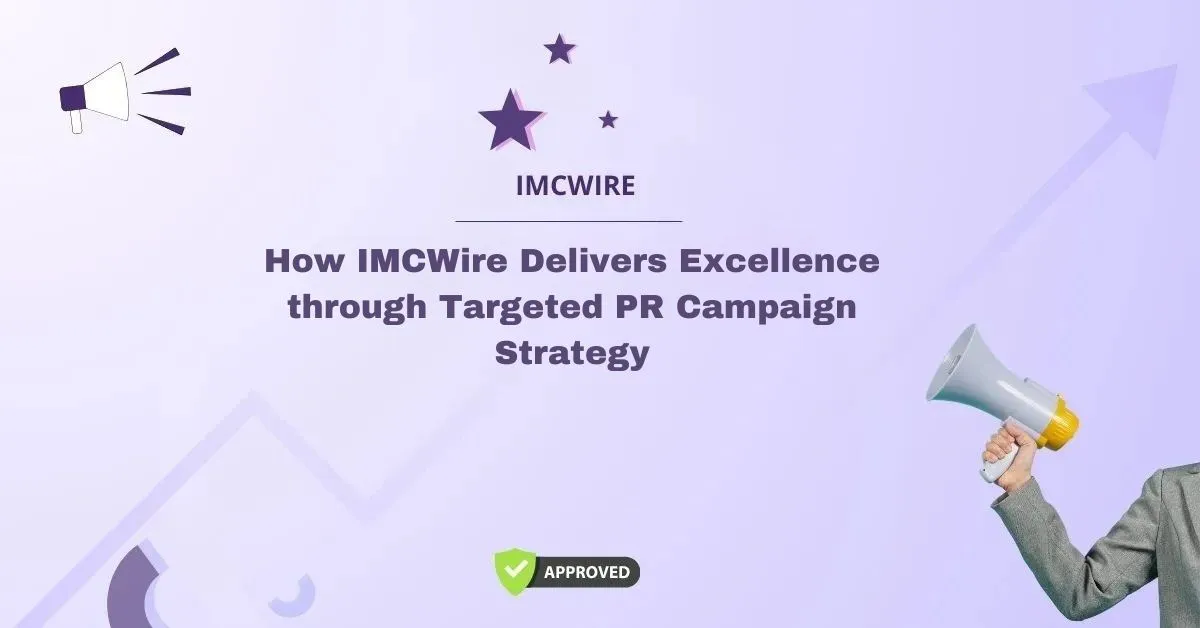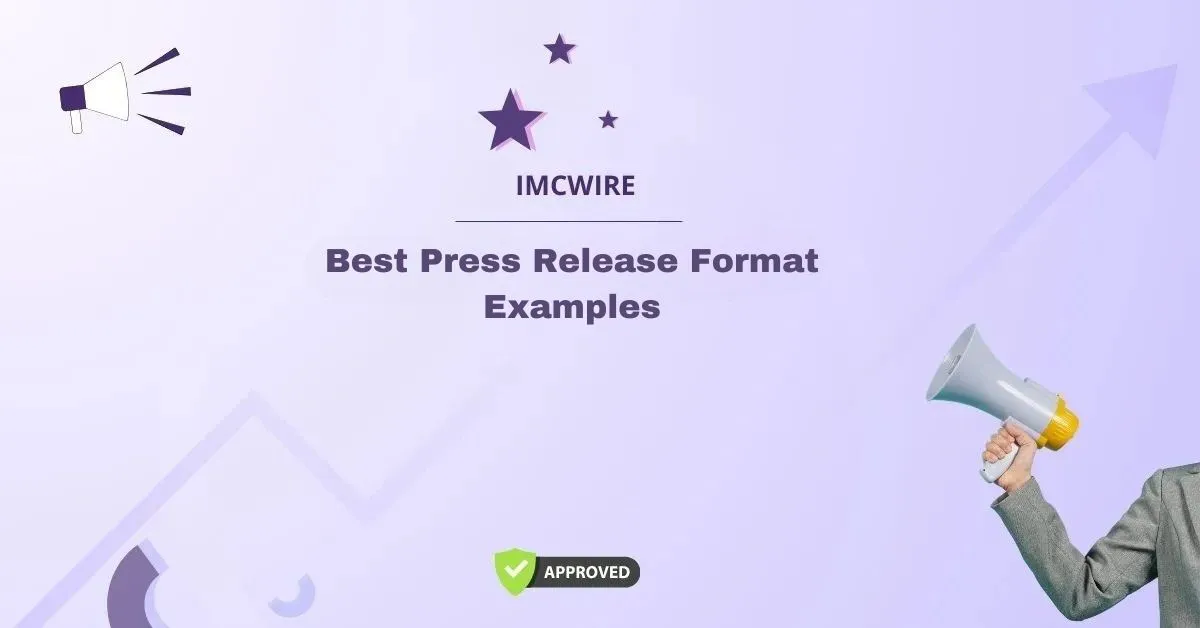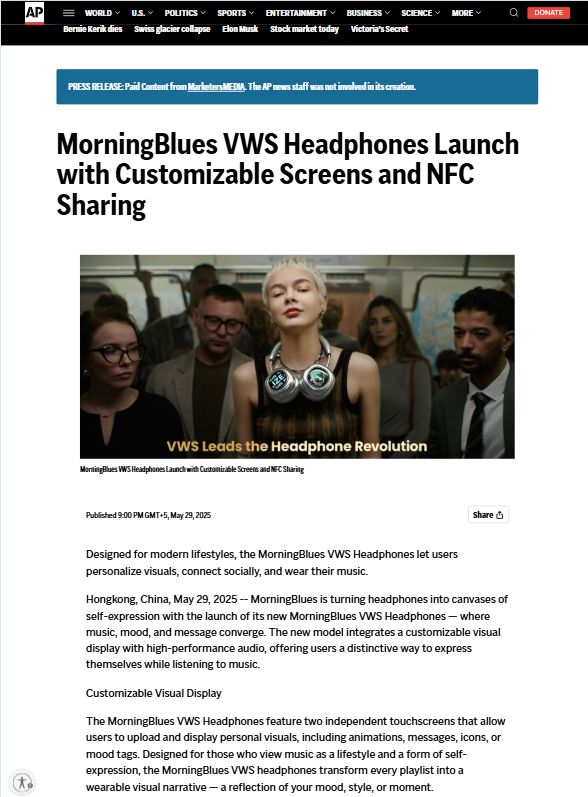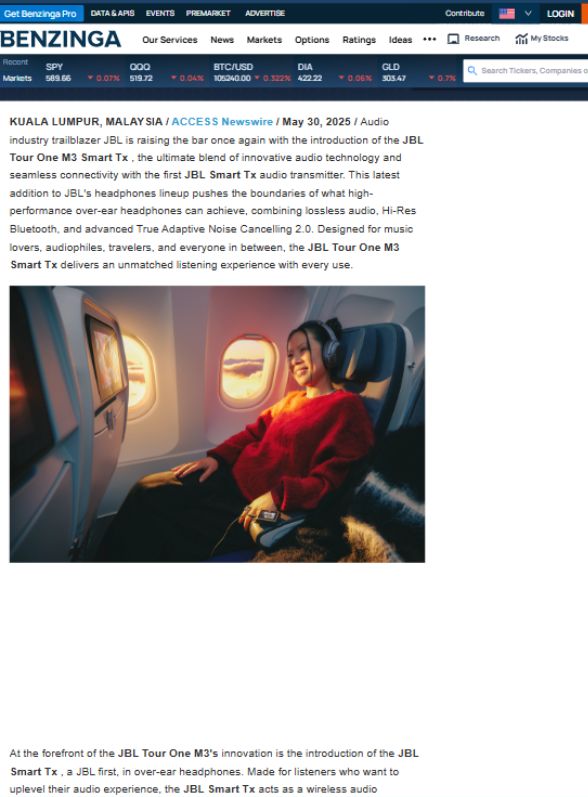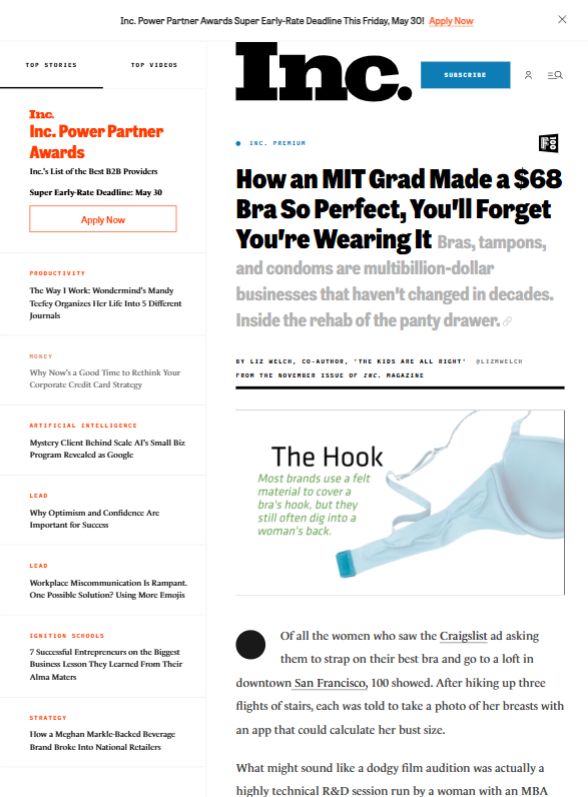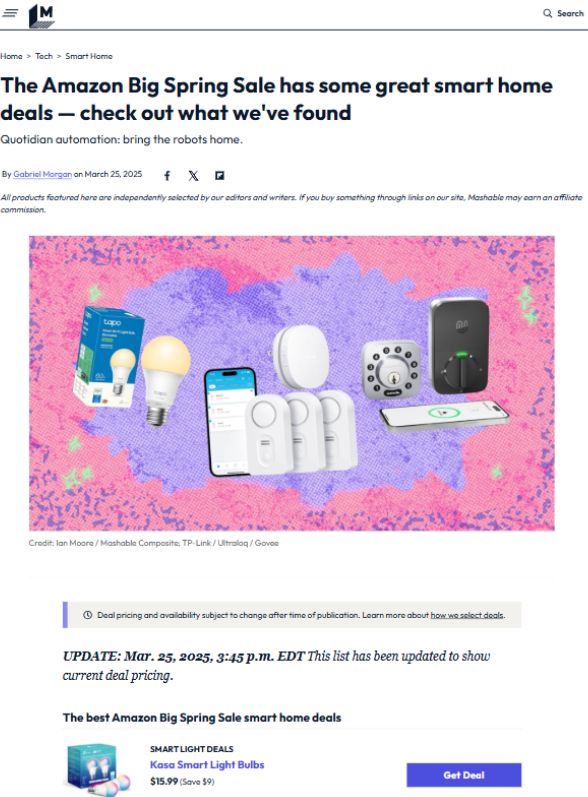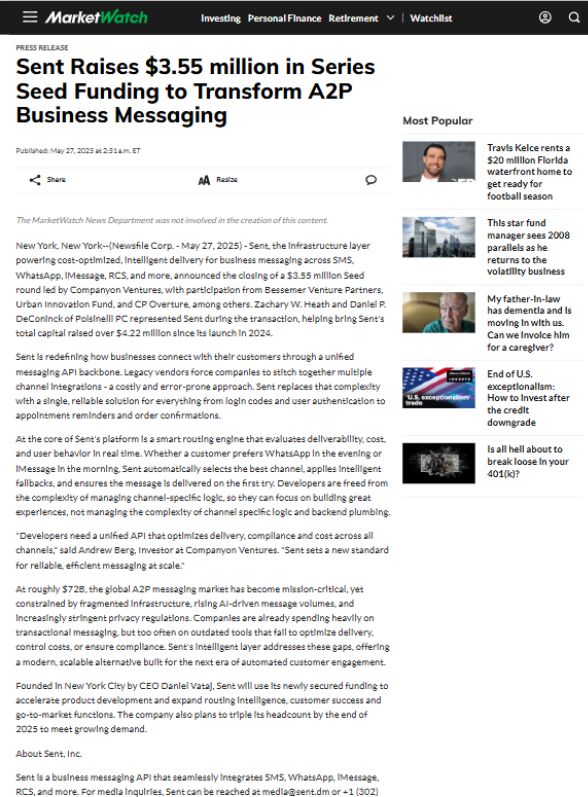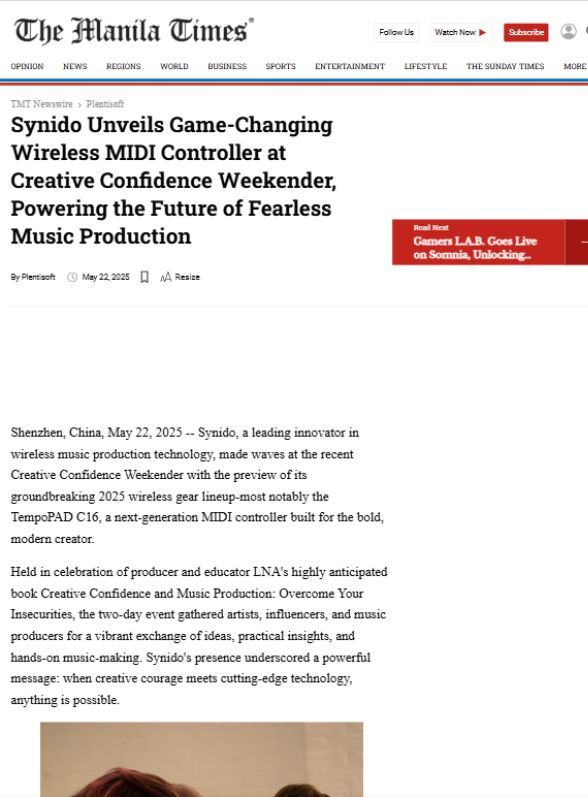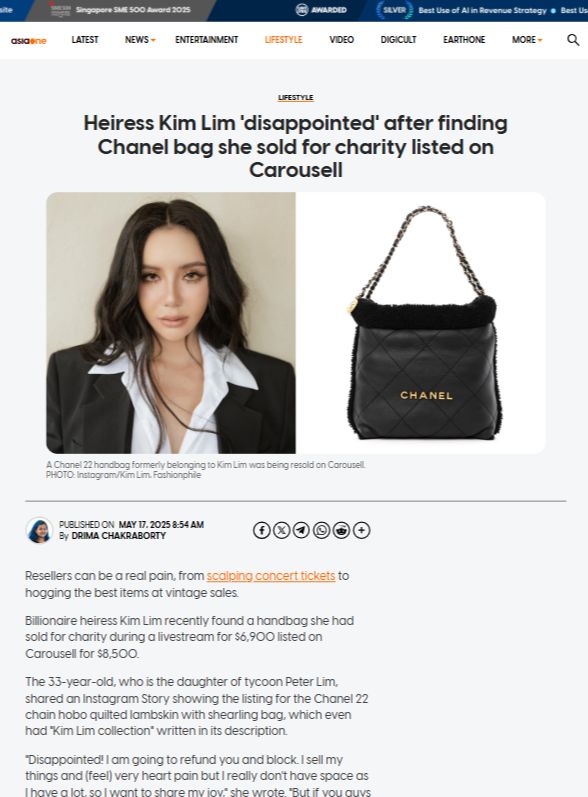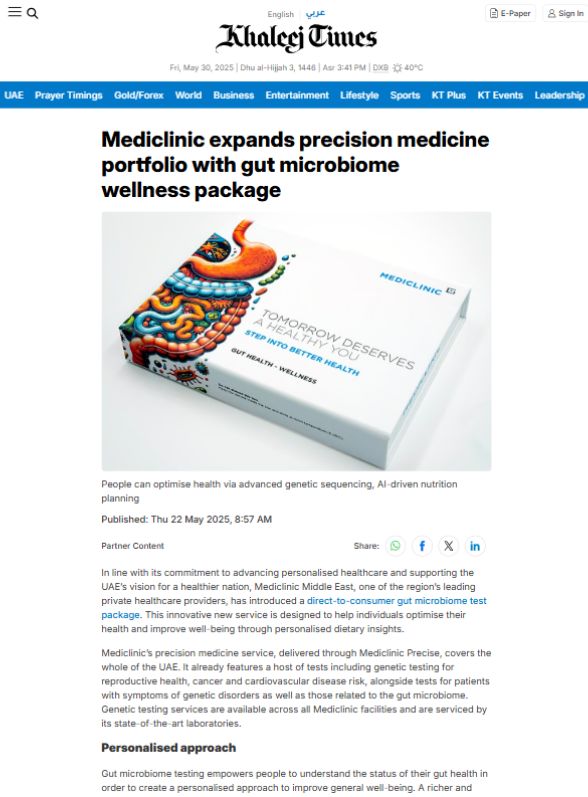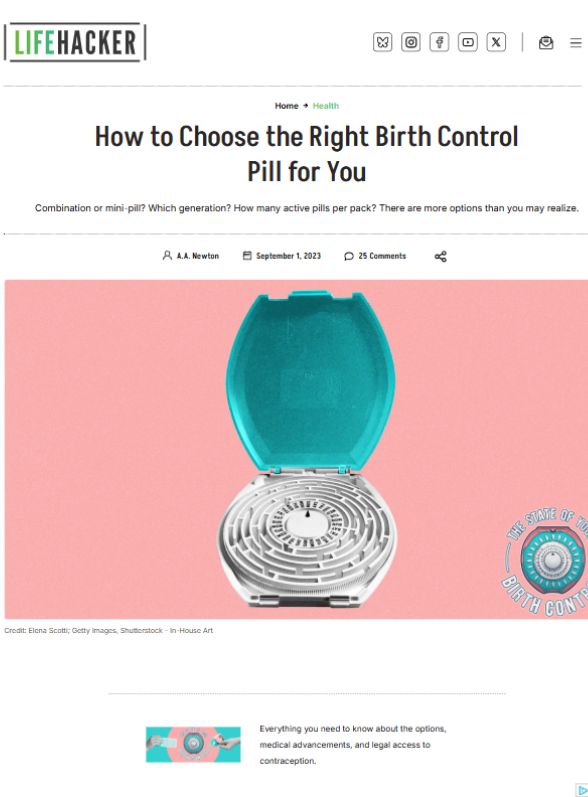In the dynamic world of digital PR, virality is no longer a stroke of luck—it’s a product of strategic execution. With the increasing emphasis on Google’s E-E-A-T principles (Experience, Expertise, Authoritativeness, and Trustworthiness), brands are revisiting their approach to content distribution. Now more than ever, mastering EEAT Recovery for Press Release Virality is not only essential to regain lost rankings and traffic but also to secure lasting media influence.
Whether you’re a startup aiming for recognition or a global enterprise managing reputation, this guide breaks down how to leverage EEAT principles to boost the virality and visibility of your press releases.
Table of Contents
Understanding the Foundation: What is EEAT?
EEAT stands for:
- Experience: Has the author actually lived or practiced what they’re talking about?
- Expertise: Does the content demonstrate depth of knowledge?
- Authoritativeness: Is the content published by or linked to reputable sources?
- Trustworthiness: Is the site or brand reliable and secure?
Introduced as part of Google’s Search Quality Evaluator Guidelines, EEAT is used by human evaluators and algorithms to assess content quality and credibility. For businesses and PR professionals, it means that publishing high-quality, authoritative content is no longer optional—it’s a must for visibility.
Why Press Releases Fail to Gain Virality
Many press releases fall flat because they’re built around outdated practices: keyword stuffing, generic storytelling, and weak backlinking strategies. If your press release isn’t gaining traction, it might lack EEAT alignment, which directly impacts your SEO performance and shareability.
Common pitfalls include:
- Thin content with minimal depth or unique insight
- Lack of credible authorship or contributor bios
- Poor external link sources or excessive self-promotion
- Unclear or promotional headlines that lack value
EEAT Recovery for Press Release Virality starts by addressing these gaps, ensuring that each press release offers meaningful, trustworthy, and expert-level information to both readers and algorithms.
Step 1: Establishing Clear Author Credentials
For EEAT to work in your favor, your press release should highlight the experience and credentials of the spokesperson or author. Use verifiable bios that reflect the individual’s industry experience, professional titles, and links to authoritative profiles such as LinkedIn or industry publications.
For example, if the release quotes your CEO on product innovation, include a brief summary of their achievements, industry background, and other relevant media coverage. Google rewards transparency and real-world validation.
Step 2: Reinforcing Expertise Through Industry Data
Cite original research, statistics, or third-party data to enhance your press release’s expertise level. Rather than making generic claims, substantiate your points with reputable data sources like Gartner, Statista, or case studies from known industry leaders.
Consider integrating:
- In-house survey results
- Whitepaper insights
- Customer testimonials with identifiable context
- Market research tied to a current trend or innovation
EEAT Recovery requires backing up every claim with either lived experience or data—preferably both.
Step 3: Publishing on High-Authority Channels
One of the most critical elements in EEAT Recovery is the platform where your press release is published. Platforms like IMCWire provide credibility and authority, reinforcing the trustworthiness of your news.
To maximize virality:
- Choose distribution channels with high domain authority
- Avoid low-quality or spammy press release sites
- Republish or syndicate to major networks like Yahoo! Finance, MarketWatch, and Google News
The right distribution can drastically elevate your EEAT score, especially when your content is picked up by multiple credible sources.
Step 4: Structuring Content with Clarity and Intent
Structure matters. A well-organized press release signals professionalism and editorial rigor, aligning with EEAT’s core.
Best practices include:
- An engaging and informative headline (not just promotional)
- A concise lead paragraph summarizing the value proposition
- Supporting paragraphs with expert commentary and evidence
- Proper use of quotes and attributions
- A clear and relevant call-to-action (CTA)
Structure is more than aesthetics—it’s a signal of trust, authority, and intent. Google and readers alike value clarity.
Step 5: Building Authoritativeness Through Backlinks
Authoritativeness isn’t just about who you are—it’s about who vouches for you. EEAT Recovery for Press Release Virality relies on strategic backlinking.
Use these backlinking strategies:
- Link to credible, third-party sources (government, research, news)
- Secure backlinks from media outlets and niche influencers
- Cross-link to blog posts or resources that deepen the story
- Encourage media pickups that reference your brand and provide dofollow links
Organic backlinks from respected domains enhance your domain authority and overall press release performance in search.
Step 6: Improving Technical Trustworthiness
Even the best-written press release will underperform if hosted on a website or platform that doesn’t meet basic trust metrics. Trustworthiness in the EEAT context includes:
- HTTPS security and fast-loading pages
- No excessive pop-ups or intrusive ads
- A clean, professional design with no grammar or spelling issues
- Transparent policies (About Us, Privacy Policy, Contact Information)
When press releases are republished on your brand’s site, ensuring technical trust is crucial. Google’s algorithms can detect red flags that diminish your overall EEAT performance.
Step 7: Integrating First-Hand Experience
This is a newer but crucial evolution of EEAT—experience. If your press release can include first-hand narratives, use cases, or direct involvement with the product or service, it elevates the content above generic PR fluff.
Examples:
- Founder stories behind a product launch
- Customer experience testimonials
- On-the-ground details of an event or project
These add an emotional and experiential layer, connecting with readers while satisfying Google’s emphasis on real-world insight.
Step 8: Measuring and Iterating Based on EEAT Signals
You can’t improve what you don’t measure. EEAT Recovery for Press Release Virality involves analyzing the metrics that signal credibility and relevance.
Track these KPIs:
- Organic search traffic and impressions
- Time on page and bounce rate
- Backlink quality and quantity
- Publisher domain authority
- Social shares and engagement
Using tools like Google Search Console, SEMrush, and Ahrefs, PR teams can continuously optimize future releases to align with EEAT standards.
Step 9: Aligning Your Brand Across All Content
Consistency builds trust. If your blog, press releases, landing pages, and social media all reflect the same voice, values, and data integrity, your EEAT scores will improve collectively.
For instance:
- Ensure the same author bios are used across platforms
- Unify brand tone and messaging
- Cross-promote press releases on social platforms and newsletters
- Share thought leadership on relevant forums (LinkedIn, Medium, Quora)
A fragmented digital presence can weaken your perceived authority, while a unified front enhances credibility.
Case Study: EEAT Recovery Turnaround in Action
A SaaS startup launched a new product feature but saw minimal traction from their initial press release. After a strategic EEAT audit, the company took the following steps:
- Added a verified author bio with LinkedIn credentials
- Included customer success data with screenshots
- Republished the press release on a high-authority wire service
- Earned a feature on TechCrunch through direct media outreach
Within three weeks, the release gained over 3,000 organic views, 50+ backlinks, and a 120% increase in brand mentions. The press release even ranked on Google News for industry-specific keywords.
This demonstrates the tangible ROI of EEAT Recovery for Press Release Virality.
The Future of PR is EEAT-Centric
The role of public relations has shifted from publicity to credibility. EEAT Recovery isn’t just a fix for low-performing releases—it’s the blueprint for how all digital content, especially press announcements, should be created and distributed.
For brands seeking sustainable growth and influence, optimizing for EEAT isn’t an option—it’s a requirement.
So the next time you’re preparing to announce a product launch, acquisition, or executive hire, ask yourself: Is your press release EEAT-aligned? Because in today’s digital media environment, trust is the new currency—and EEAT is your conversion tool.

